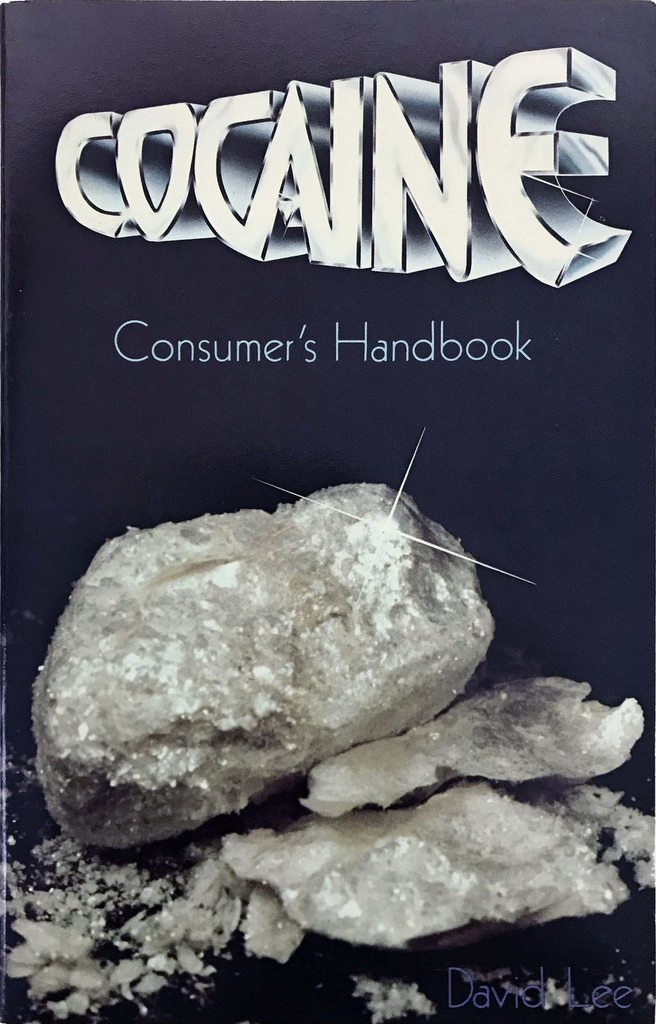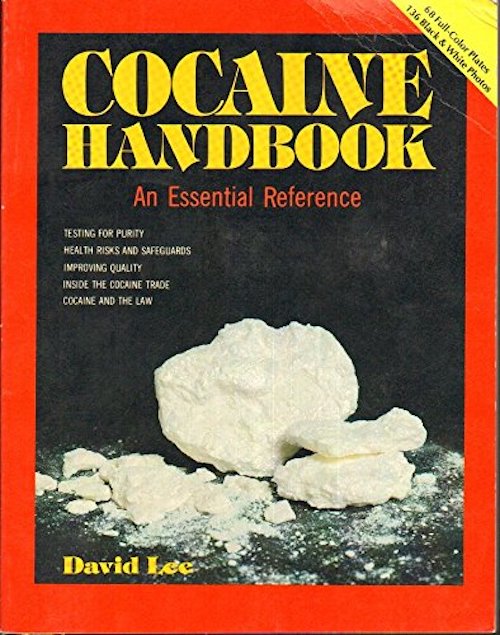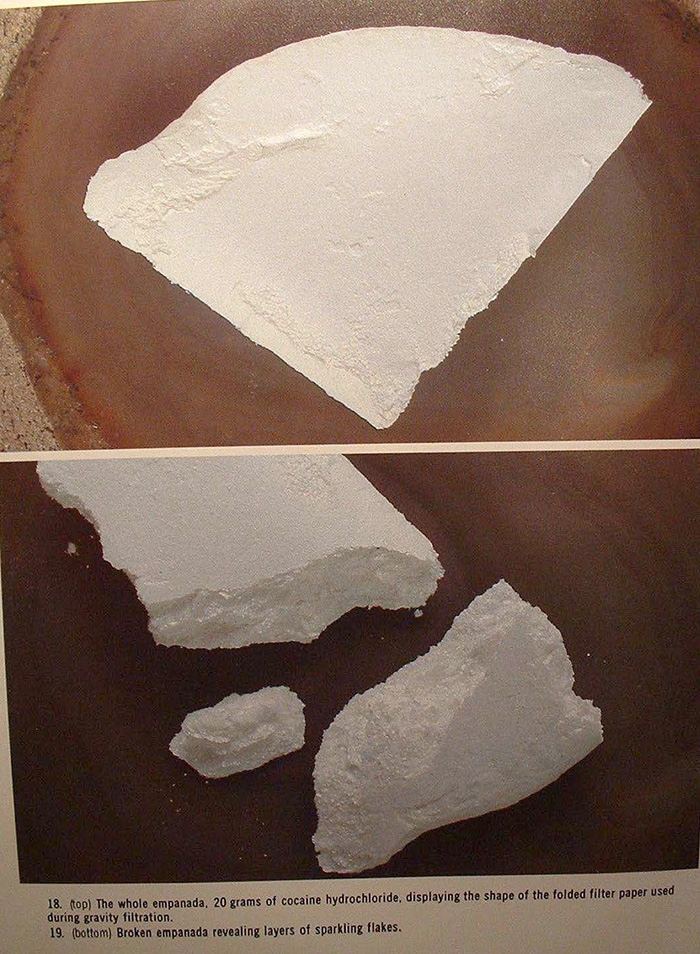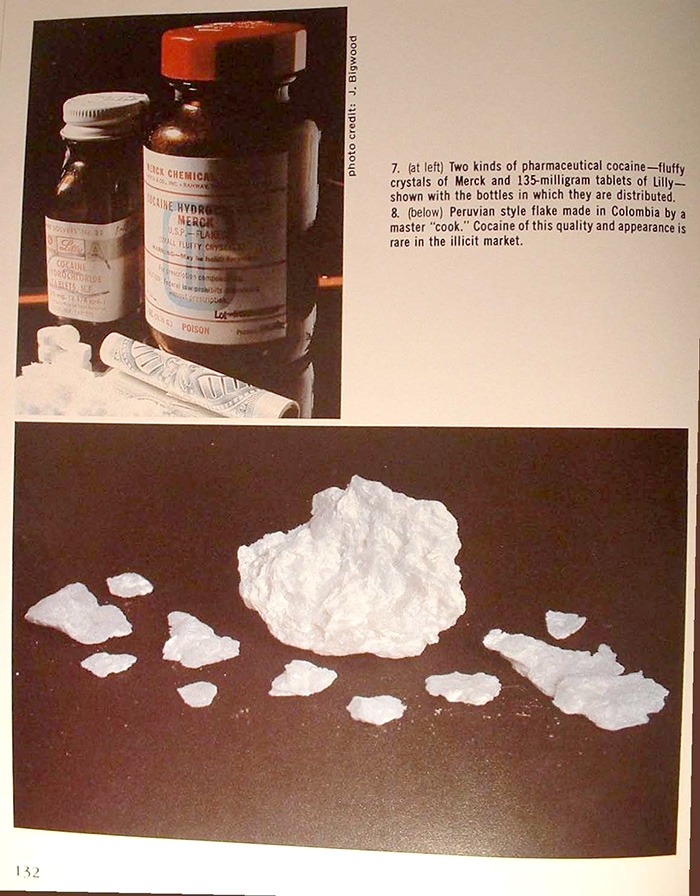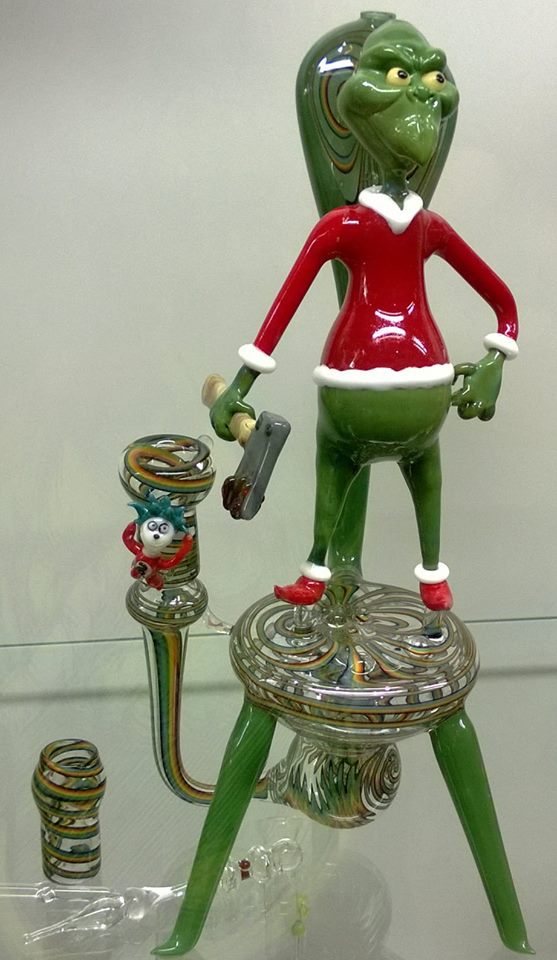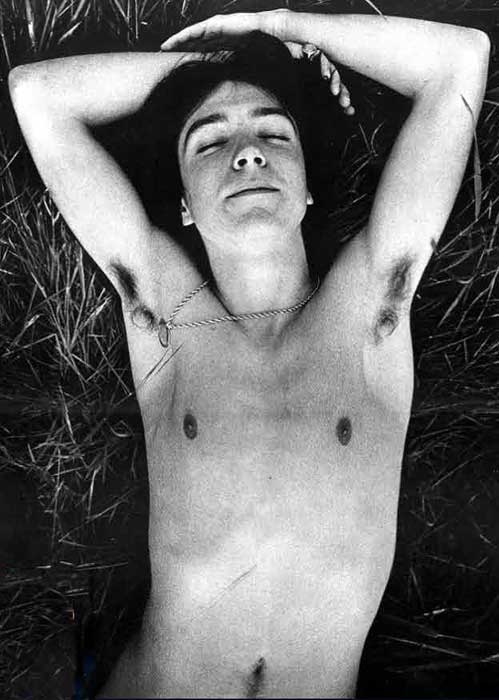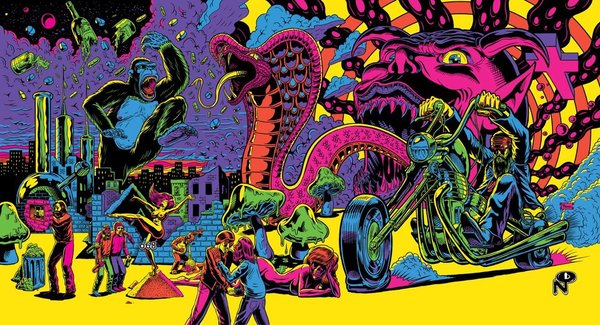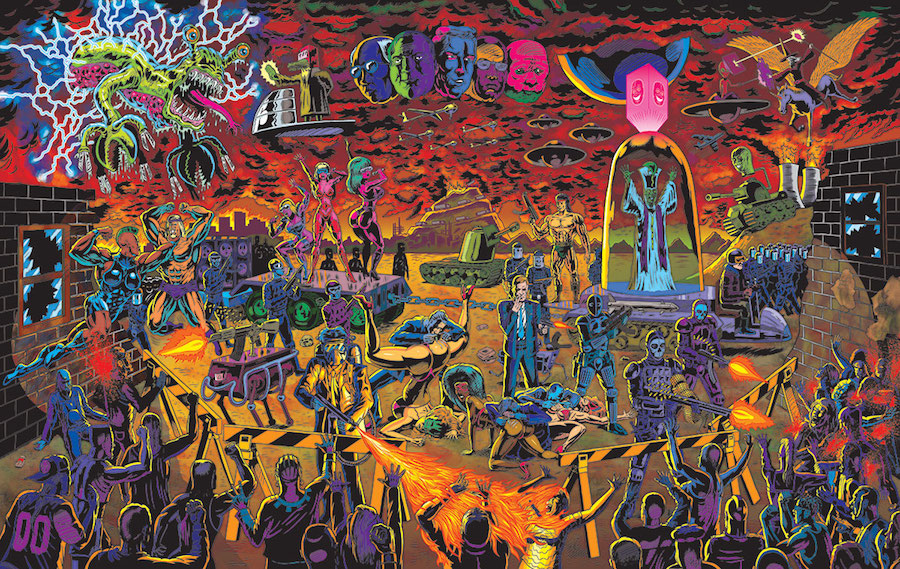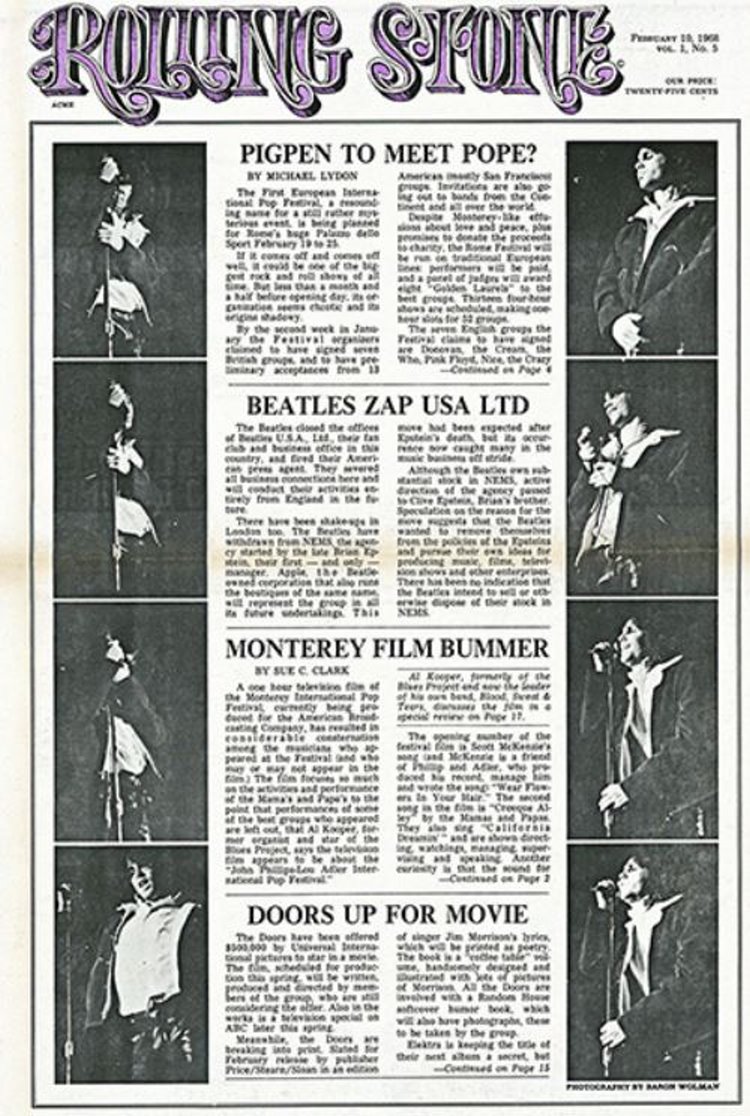
The February 10, 1968, issue of Rolling Stone
It’s difficult to explain why Rolling Stone was able to separate itself from a crowded pack in 1967 to become the most reliable media barometer of Boomer culture in existence. It surely had a great deal to do with Jann Wenner’s personality. It would surprise nobody to learn, as David Weir, a reporter who co-wrote Rolling Stone’s coverage of Patty Hearst in the 1970s, once observed, that Wenner was (and probably is) “a brilliant master at getting what he wants out of people.”
Securing exclusive coverage of high-profile acts was surely a key to the early success of the magazine, but let’s not overlook Wenner’s bold sense of PR. Before the magazine was even a year old, Wenner zeroed in on an unbeatable promotional idea that would appeal to every person in his potential audience while alienating those who didn’t belong.
Wenner put an ad in the magazine stating that he would send every person who bought a subscription a free roach clip. The ad took up a full page and looked like this:

The text of the ad was a masterpiece of humorous insinuation, never mentioning drugs while winkingly touting 1,001 uses, which happen to include “music appreciation” and “preventing singed lips.” Riiiiiiight…..
This handy little device can be yours free!
An essential accessory for the successful musician and the completely equipped rock and roll fan. It has one thousand and one uses around the home, in rehearsal or for better music appreciation. Applications of this delightfully simple piece of machinery range from the frivolous (hanging earrings) to the practical (preventing singed lips.) Each handle comes individually lathed in either mahogany, ebony, oak or rosewood. No two alike! Get ‘em while they last.
Without delay, subscribe to Rolling Stone! We’ll give you one “Handy Little Device” free with your subscription. If you would like to give a gift subscription to a loved one, we’ll send you two “Handy Little Devices” or one to you and one to your loved one. Act now before this offer is made illegal.
As related in Robert Draper’s diverting 1990 book Rolling Stone Magazine: The Uncensored History, Wenner came up with the idea while getting high at a friend’s house in (where else?) San Francisco:
One afternoon Jann sat with friends in a house on Potrero Hill, smoking dope. Jann was admiring the handsome wooden apparatus which held the joint.
“Where’d you get the roach clip?” he asked its owner, Robert Kingsbury, a man he had met only once before.
“Made it myself,” said Kingsbury. “I make ‘em out of hardwood knobs.”
Jann took a toke and fingered the woodwork of the roach clip. Then he asked, “What do you think you could make these for?”
Kingsbury shrugged. “Maybe eighty cents apiece,” he said.
“Could you make me some?” Jann asked. “I need a lot.”
Sure, why not, said Kingsbury. “What do you need ‘em for?”
“I want to give ‘em away,” said Jann, grinning devilishly. “As a subscription incentive.”
And so page 23 of issue No. 5 featured a photograph of a 41/4-inch roach clip with the headline “This handy little device can be yours free!” With a subscription to Rolling Stone, the ad read, readers would receive this “essential accessory. ... Act now before this offer is made illegal.”
Gleason hit the ceiling. “Marijuana is against the law,” he said, lecturing Jann in his acid Eastern voice. “You can cover it, you can joke about it—but you cannot sell dope paraphernalia through Rolling Stone. You just can’t do that!”
Even by now, however, it was becoming clear [that] Jann Wenner could, and would, do with Rolling Stone whatever he wished.
When the New York Times reviewed Draper’s book, it chose to tout the roach clip gimmick in the headline: “A Roach Clip with Every Paid Subscription.”
On the suggestion of Jane Schindelheim, Wenner’s wife, Kingsbury (who was dating Jane’s sister at the time, whom he would later marry) was later asked to become Rolling Stone’s second art director, a position he held for several years. But in some respects he was an odd fit. A sculptor by trade, Kingsbury at 44 was a full generation older than Wenner and virtually everyone else at the magazine. Draper asserts that he “despised rock ‘n’ roll” but was “brilliant and resourceful, a disciplined man.” Draper credits Kingsbury with establishing the relatively clean and uncluttered look (for a counterculture rag, anyway), and he was ushered out of the organization around the time the magazine adopted four-color printing techniques in 1973.
I’m curious how many roach clips ever went out to subscribers. I’m tempted to say “zero.” There is currently a lavish exhibition dedicated to Rolling Stone at the Rock and Roll Hall of Fame in Cleveland, Ohio, which I visited recently. There you can find the page with the advertisement as well as one of the clips, but that’s the only one I’ve ever seen reproduced. Below you can see a picture of the Rock Hall display taken by yours truly.
As you can see, Draper has the ad first appearing in the February 24, 1968, issue (“No. 5”), but the promotion actually debuted one issue earlier. The page shown at the Rock Hall does say “February 10, 1968” on it.
In any case, I’m a teensy bit skeptical that there exists any such thing as a human being who received a Rolling Stone roach clip in the mail. The auction site eBay has precisely zero auctions dedicated to the item in its archive, which doesn’t exactly prove anything, and if you can find a picture of one on the Internet, you’re a better Google-stalker than I. Draper mentions that Wenner was having difficulty paying his staff in those first couple of years, so I suspect he pulled the somewhat (in retrospect) Trumpian maneuver of reneging on a promise.
But I don’t know—if you received one of these mahogany beauties in the mail, please reach out and let us know! Pics or it didn’t happen…...
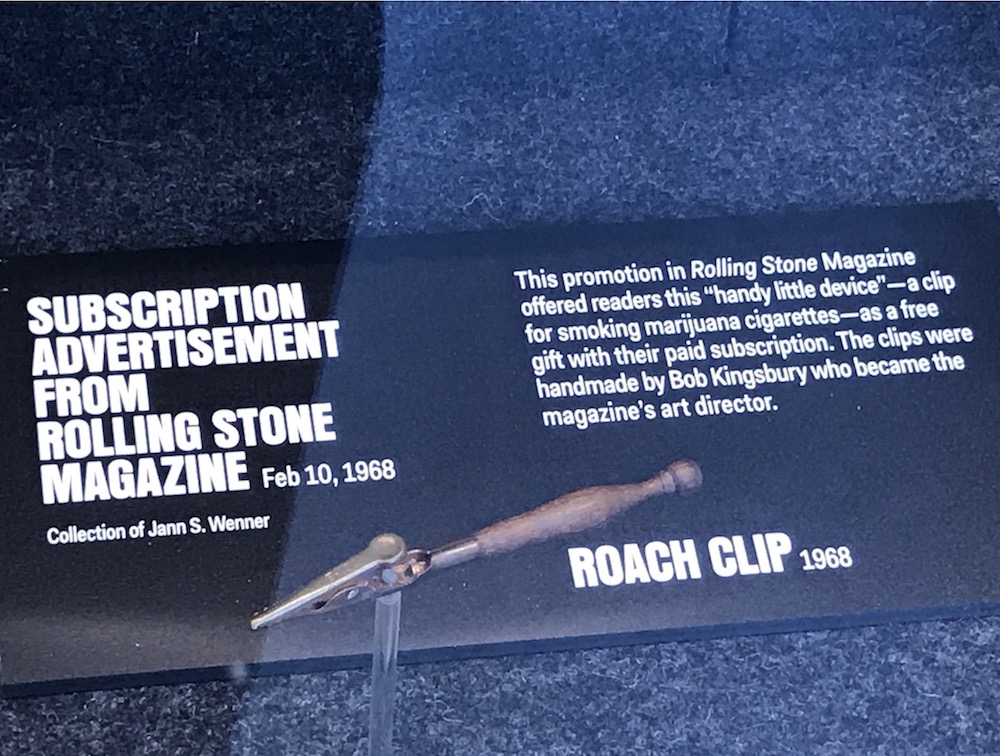
Posted by Martin Schneider
|
09.28.2017
12:48 pm
|











